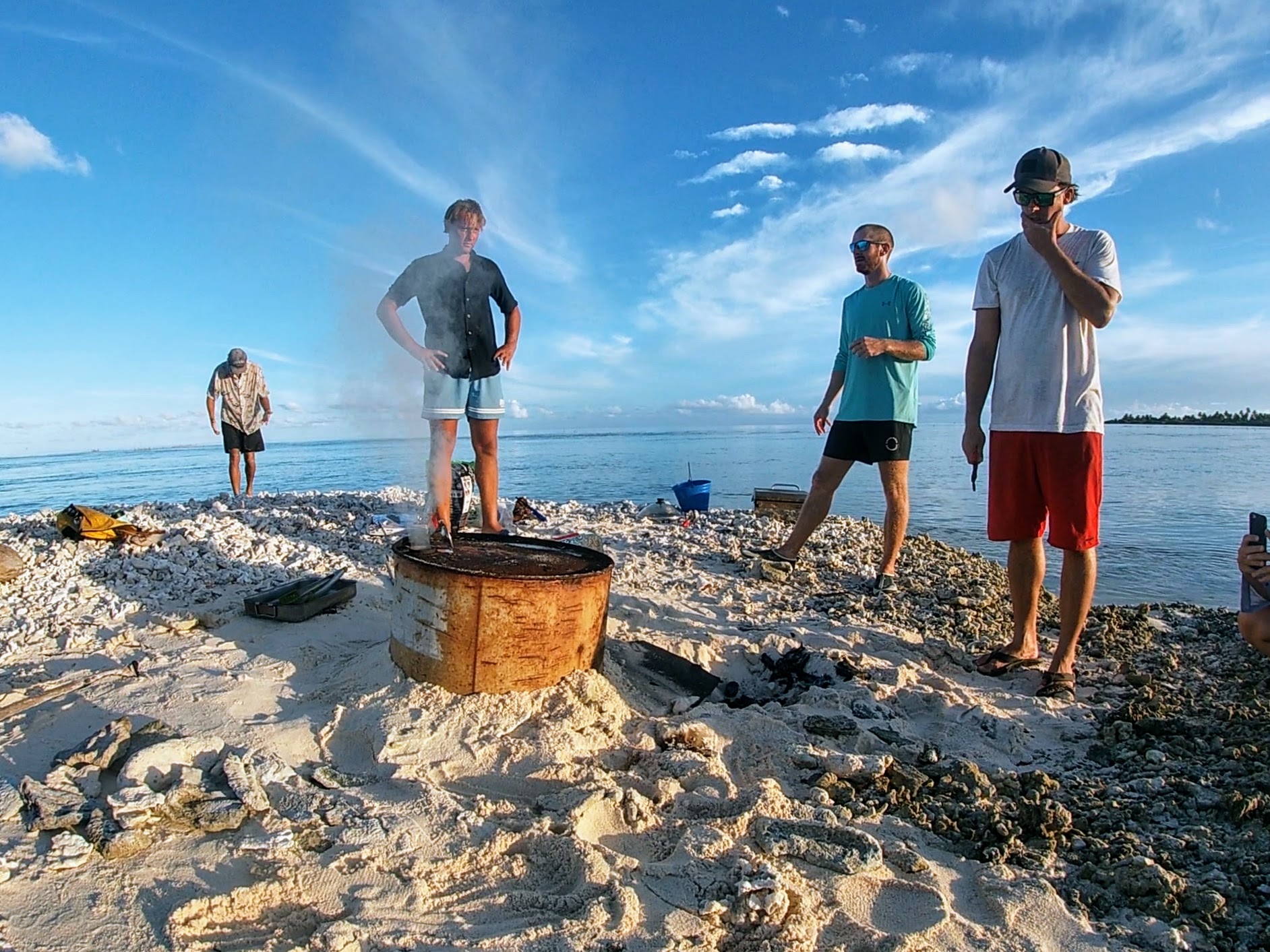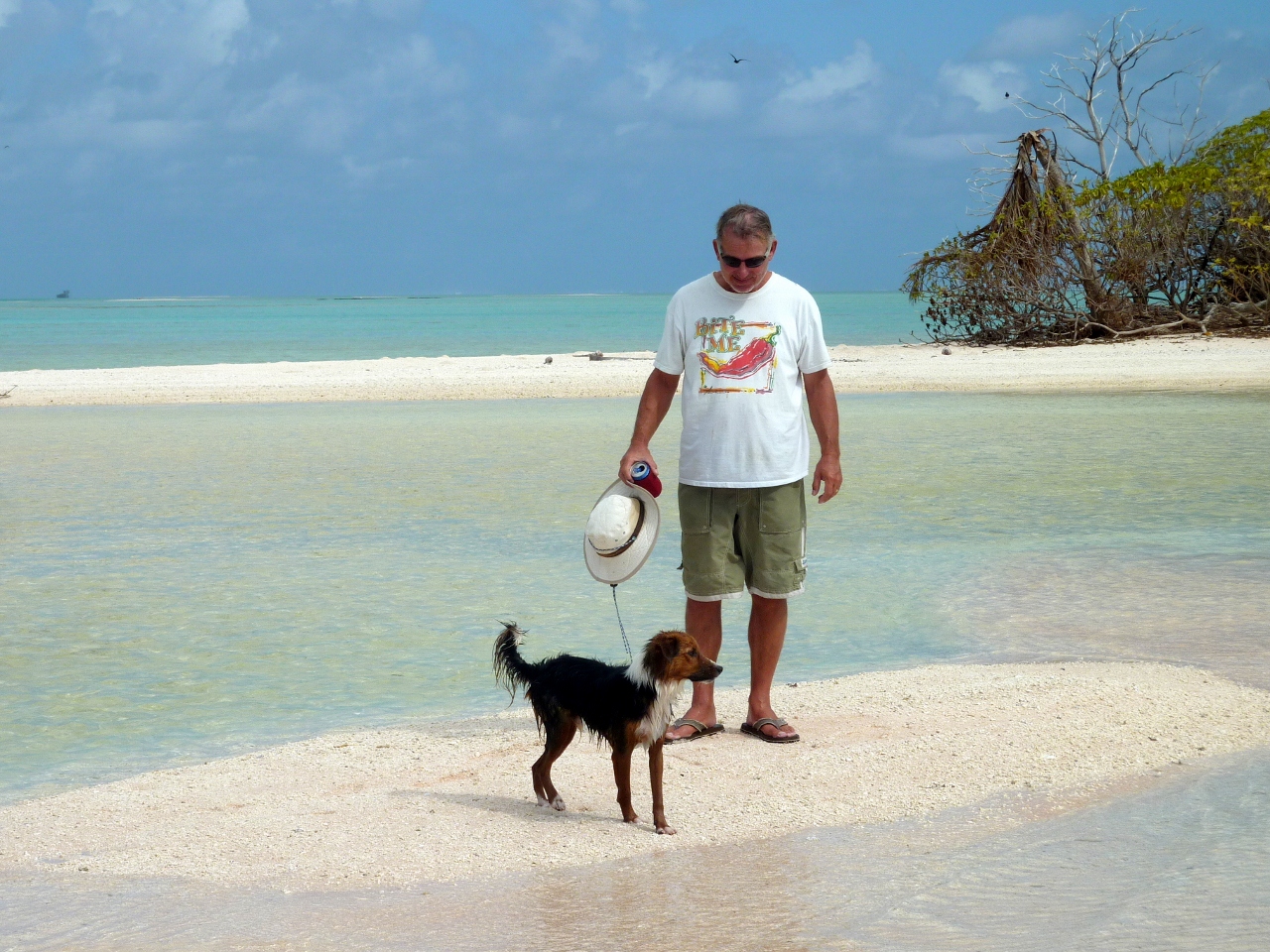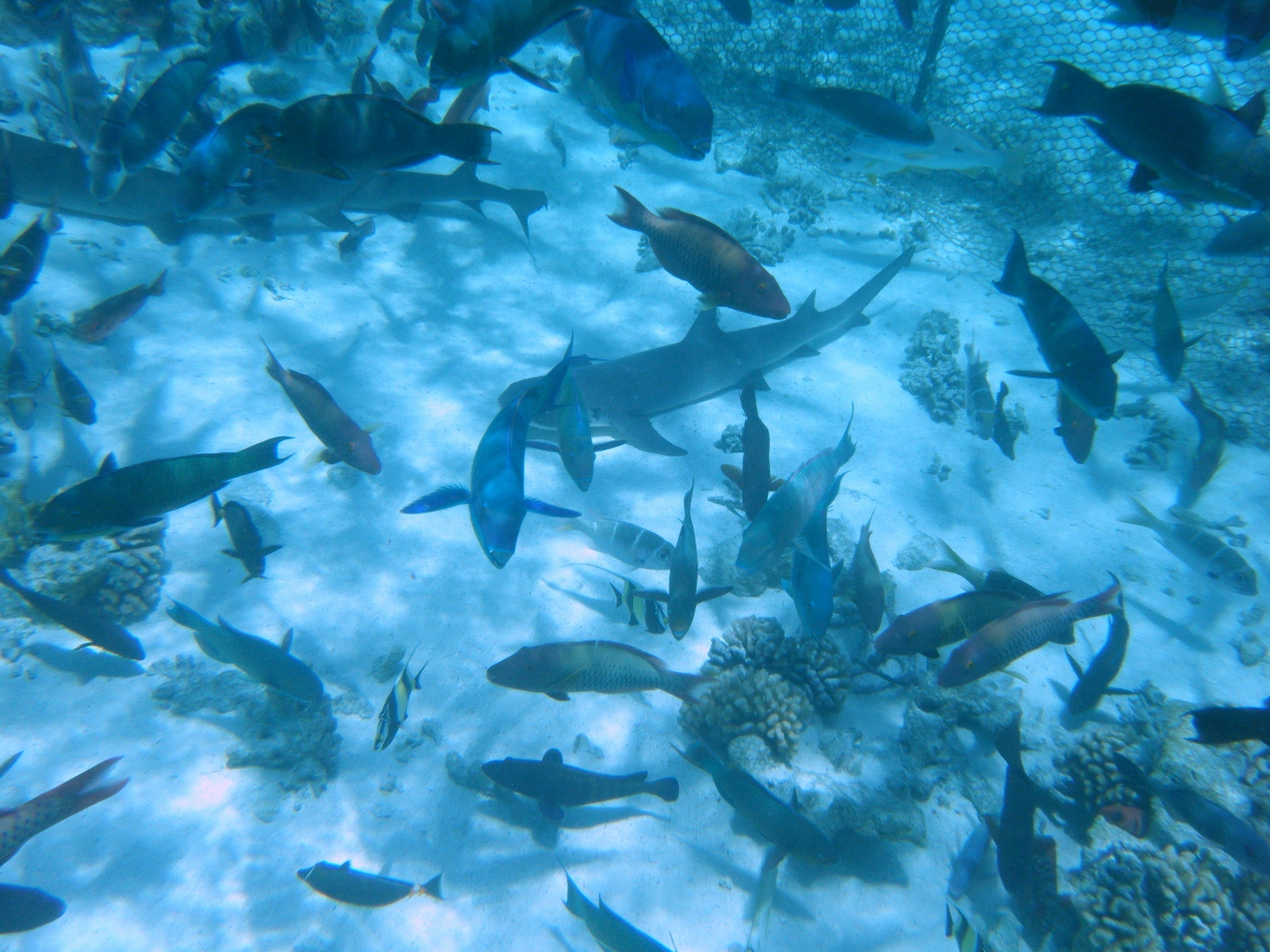
In-water cleaning of surfaces containing s −− econdary and tertiaryīiofouling should be permissible only if the biofouling is of local That are coated in non-biocidal antifouling coatings or no coatingĪt all, and where biofouling is restricted to a slime layer (primary −− In-water cleaning should be permissible only on vessel surfaces Based on the results of our evaluation, we Origin (local or foreign), biofouling extent, antifouling coating typeĪnd cleaning method. Shore-based hull maintenance based on four risk factors: biofouling We evaluated the environmental (biosecurity and contamination) andĮconomic risks associated with different methods for in-water and With shore-based cleaning of commercial vessels. Potentially substantial indirect costs (losses in revenue) associated Of differences in the direct costs of cleaning methods and the

Removing a vessel from the water for cleaning.

(hydro-blast) technology to remove biofouling from hull areas. Or in development are systems using brush or underwater jet The principal in-water hull cleaning technologies c These coatings are intended to be used in combination with Technology is mechanically resistant coatings, or surface treatmentĬoatings. The currently most widely used system are fouling-releaseĬoatings that prevent the firm adhesion of biofouling organisms.īiofouling prevention of these coatings requires either fast vessel Progress has been made with developing non-biocidal coating.In modern antifouling coatings are highly toxic to a wide range of Increasing number of studies suggest that most of the biocides used Many biocides on marine organisms and ecosystems. There is a lack of empirical data on the effects of

#CLEANING TOAU FISH CODE#
Within the ANZECC Code is appropriate.The main findings of our reviewĪnd ‘booster’ biocides, including copper, iron, zinc, diuron, irgarolġ051 and others. Literature review and analysis of the benefits and risks of in-waterĬleaning associated with currently available cleaning technologies, andĬonsiders whether an alternative approach to the current protocols Technologies that reduce the risk of releasing contaminants or biofouling Over the past decade, progress has been made internationally with theĭevelopment of non-biocidal antifouling coatings and novel hull cleaning Variance with the International Convention on the Control of HarmfulĪntifouling Systems on Ships, ratified by Australia in 2007, because itĪccepts the use of tributyltin-based antifouling coatings. Prohibits in-water cleaning of vessels unless a permit is granted by The ANZECC Code describes practices that prevent the release of toxicĬhemicals and biofouling organisms into the marine environment. Over the toxic effects of antifouling biocides on the marine environmentĪnd the potential of in-water ship hull cleaning practices to facilitate theĮstablishment of marine non-indigenous species (NIS). The ANZECC Code was developed out of dual concerns In-water Hull Cleaning and Maintenance (hereafter referred to as theĪNZECC Code). In 1997, the Australian and New Zealand Environment and ConservationĬouncil (ANZECC) developed the Code of Practice for Antifouling and



 0 kommentar(er)
0 kommentar(er)
